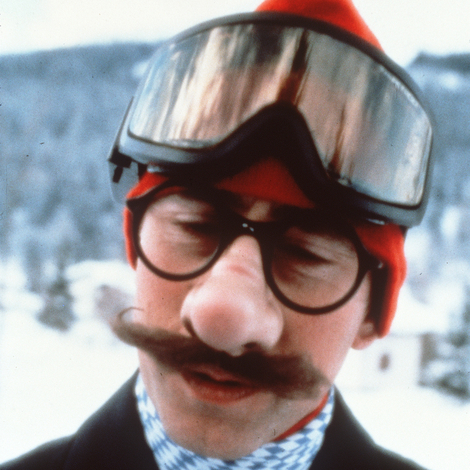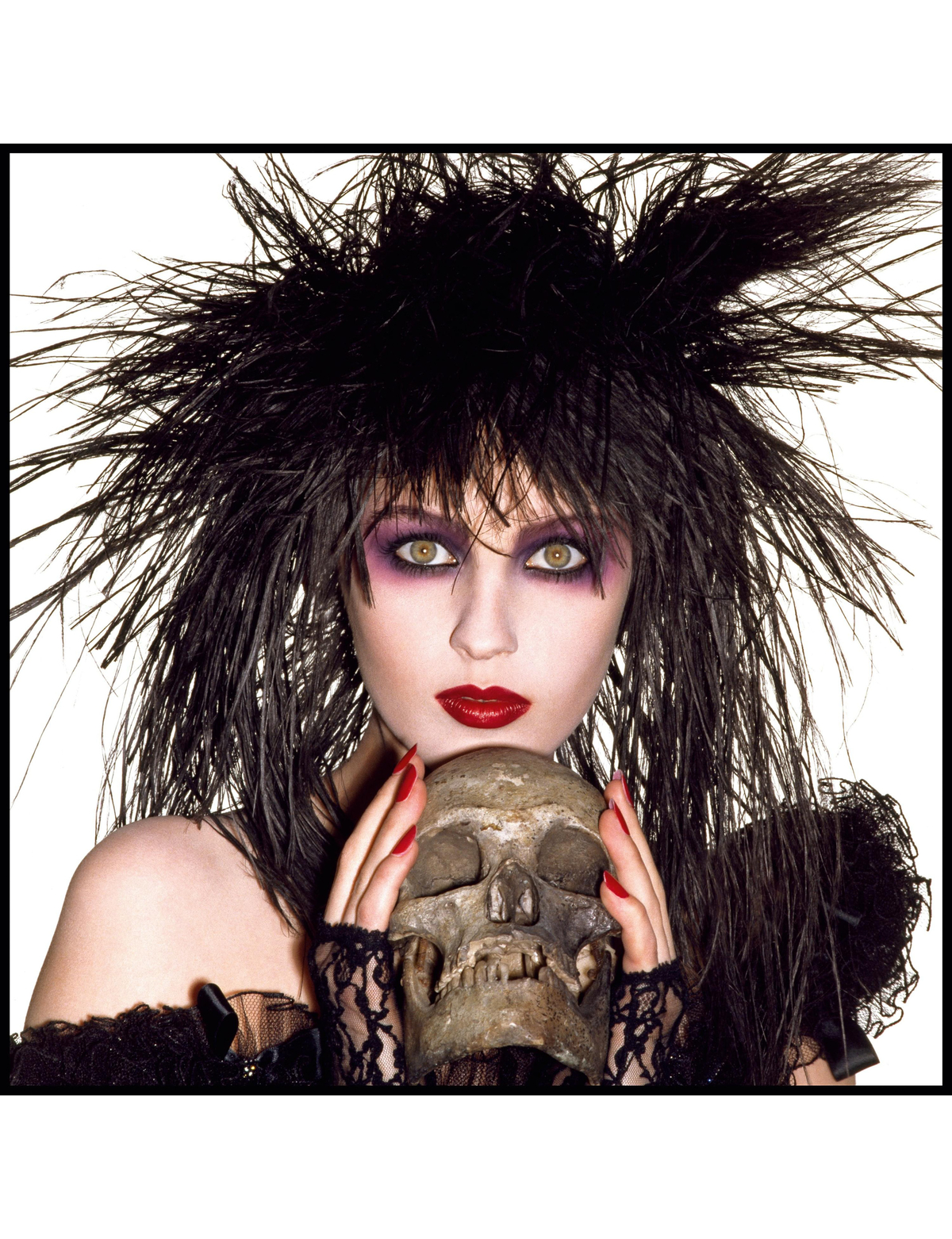The 1980s, the fashion photographer David Bailey recalls, were “the first time the Americans wanted to come to London instead of Londoners wanting to go to New York.” And London delivered. The Rolling Stones. David Bowie. Elton John. As Mick Jagger’s American girlfriend Jerry Hall said, “Mick and I just really liked each other a lot. We talked all night. We had the same views on nuclear disarmament.”
Britain was situated between the U.S. and the U.S.S.R., two warring superpowers locked in an uneasy armament stalemate. Leaflets were circulated in the U.K. with grim warnings: “Even the safest room in your home is not safe enough.”

Across the Atlantic, on February 2, 1980—just two days before Steve Rubell and Ian Schrager began their prison sentences—Studio 54 closed with a final blowout party that came to be known as the End of Modern-Day Gomorrah. With that, another era began: the AIDS crisis, which would bring devastating loss to New York, San Francisco, and Los Angeles.

The world was changing fast. In a Spain without Francisco Franco, who died in 1975, the director Pedro Almodóvar saw a country embracing the “messiness of freedom.” La Movida Madrileña emerged—loud, punk, and unapologetically free.
In China, the population hit one billion. In Japan, the economy boomed, powered by consumer electronics and a wave of cultural exports—from Walkmans to anime.

In Milan, design studios such as the Memphis Group, founded by Ettore Sottsass, favored sleek, curvilinear objects in cacophonous colors. A few hours away, at the 1980 Venice Architecture Biennale, Frank Gehry and Rem Koolhaas were making waves.
The decade’s end was just as charged as its beginning. Acid-house music exploded across the U.K., bringing illegal raves with it. Revelers danced in fields for hours on end—pupils black with Ecstasy, the new designer drug. In India, Prime Minister Indira Gandhi was assassinated, triggering nationwide riots and a fraught political transition.

On November 9, 1989, the graffiti-covered Berlin Wall came down. Two years later, the Soviet hammer and sickle lowered and the Russian tri-color went up.

Two new books capture the spirit of the years sandwiched between the 70s and the 90s. The 1980s: Image of a Decade, by Henry Carroll, tells it as it was lived, collaging powerful photographs of design, art, fashion, music, sports, global events, and video games. David Bailey: Eighties looks at the decade through the lens of its uproarious fashion. Or as Grace Coddington puts it in her introduction, “Jackets with padded shoulders over the shortest mini-skirts and dangerously high-heeled shoes.” —Elena Clavarino
Elena Clavarino is a Senior Editor at Air Mail












